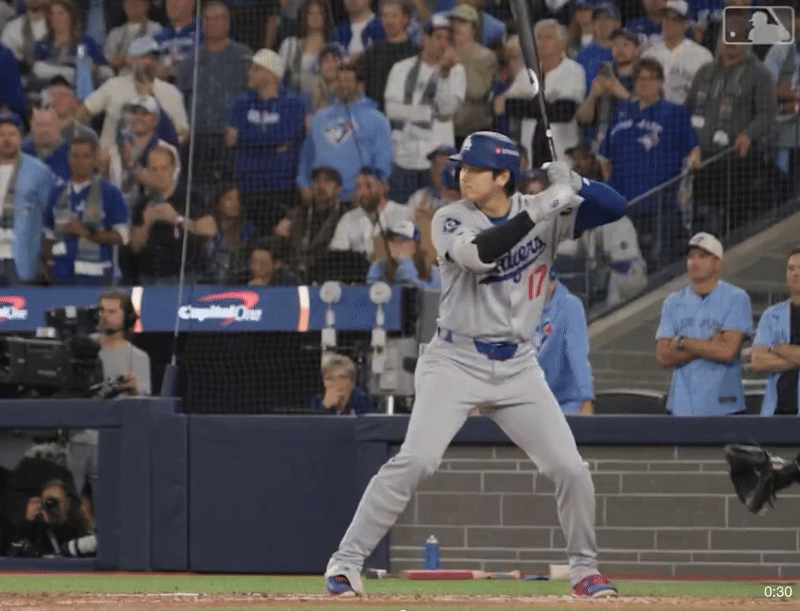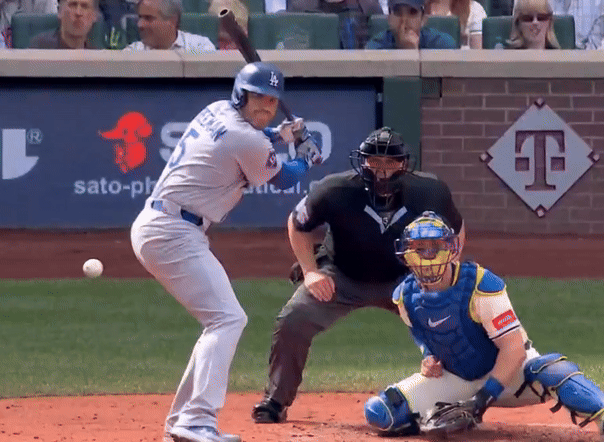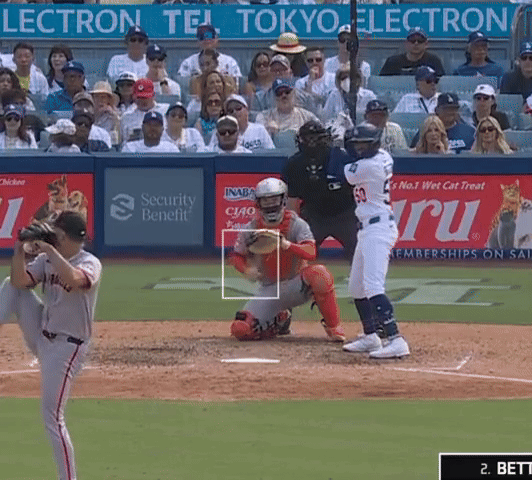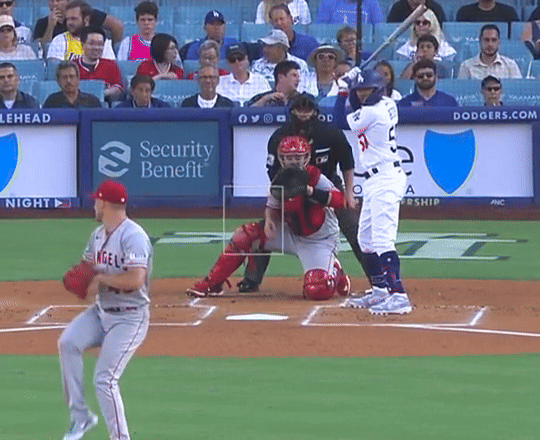
In the back room of a drab Moscow restaurant, Elon Musk had finally had enough.
The year was 2002. Musk was in Russia looking at the price for what he thought was two Depnr rockets. The decommissioned missiles were the start of what he hoped would become a world changing project: Sending the first rocket to Mars. The price tag was steep: $18 million. But Musk didn’t fear going broke. He feared a future where the United States did not have the capacity to – or interest in – exploring our solar system.
And then Musk learned the deal wasn’t what he expected. The $18 million wasn’t for both rockets. It was for each rocket. He negotiated to try and get the price down. The Russians taunted him and pushed the price tag to $21 million. Musk was outraged. He walked away from the deal, but remained undeterred. He was going to send a rocket to Mars – with or without the help of the Russians.
But before he could, Musk had to reframe the problem. Leaning on his background in physics, Musk deployed first principles thinking. He asked himself what rockets were made of. With some research and a lot of reading, he put together a list of the essential parts – aerospace-grade aluminum alloys, titanium copper, copper fiber. He looked up how much these materials cost. When he added them all up, he realized he had an idea for a business: They only cost two percent of the typical price to buy one.
Twenty three years later, we recognize this moment as the origin of SpaceX – Musk’s multi-billion dollar company driven to colonize Mars. It all started by reframing a complicated – and expensive – problem into its most essential elements. When you operate from first principles, you don’t get bogged down by all the rules other people have created for you. You can create your own. And when you do, you create a completely different playing field.
Your work shouldn’t be rooted in what someone else thinks is true. It should stand on what you believe to be true. And as it turns out, this isn’t just a great way to avoid overpaying for rockets you could have built yourself.
It’s a great way to build an offense.
…
Mike Leach didn’t grow up with a traditional football background.
As an undergraduate student at BYU, he had a front row seat to watch the winningest head coach in BYU history – LaVell Edwards – coach the Cougars to four straight conference championships. He wasn’t in uniform on the sidelines – injuries derailing his career in high school. But for four years Leach took notes on Edwards’s system that propelled BYU to its first and only national championship in 1984. His undergrad was in American Studies, but his passion was football.
Upon graduation, Leach was accepted into law school at Pepperdine University. He completed his Juris Doctor in 1987, but didn’t feel an urge to start a career in law. He enjoyed law, but most of his time in class was spent scribbling down football plays. Football wasn’t just something he liked. It consumed him.
Leach listened to his heart and found work as an assistant football coach at Cal Poly in 1987. Over the next thirteen years, he established one of the most prolific offenses in college football that lead him to earning the Texas Tech head job in 2000.
He did it, like Musk, operating from first principles.
In football, you have three resources on every single play: Time, space, and personnel. The football field is 53 1/3 yards wide by 100 yards long. The average play lasts just under 4 seconds. Eleven people are on the field at a time – one quarterback, five linemen, five skill players. Leach’s goal was to maximize these resources on every single play – concepts and formations be damned.
Every inch of the field was to be utilized – vertically and horizontally. Every player was to be involved. Similar plays would be run out of different formations. If a guy is open, throw him the ball. If he’s covered, don’t throw him the ball. If you’re covered, run around until you get open. Whether it was “balanced” or not was not of concern to Leach. He knew what he wanted to maximize on every single play. If it meant throwing the ball 70 times, so be it.
Leach’s nontraditional background in football ultimately became his greatest asset. He hadn’t been indoctrinated on how the game of football should be played. He simply saw and incorporated things that made sense to him – Buffalo’s “K-Gun” no huddle offense, BYU’s wide offensive line splits. If it didn’t make sense – running the ball on first and second down to establish the run – he didn’t do it. One of his favorite plays “6” – a four verticals variation – was a simple as it gets: Run straight and always look for the ball. If you’re running straight for 35 yards, you’re bound to get open at some point. Multiply those odds by four.
Complex problems – whether it be playing football or building a rocket – are rooted in unbelievably simple solutions. These solutions are the scaffolding designed to help you develop your first principles. The goal is not to add complexity to what’s already complex. It’s doing what Leach did: Take something complex, strip it down to its most essential elements, and learn what you need to do to influence those elements in a positive way.
Whether it’s building rockets, a better offense, or a better swing, the same line of thinking applies.
…
If we think of the swing through a first principles framework, every move in the swing shouldn’t carry the same degree of weight. If everything was really important, everyone would so the same thing. We know that not to be true. If we want to get to the root of what is true, we have to do what Musk did to rockets: We have to strip the swing down to its most essential elements. These elements aren’t what make all of us unique. Rather, they’re the few things all of us share.
There are specific movements in the swing – let’s call them substance – that carry a little more weight than the rest. Execution of these movements creates positive residuals downstream, such as a hitter’s ability to hinge at the hip. Everyone might not add the same degree of hinge, but all good hitters are going to add some flexion as they move sideways. It’s a great starting point for pelvic rotation.
Other movements – let’s call them style – are going to have a higher degree of variance. Whether it’s how high someone holds their hands or the angle at which they stride to, certain things are going to look very different hitter to hitter. It doesn’t make them good or bad. Details don’t have specific rules. They just have to work within the framework of the swing. What really needs to work are the parts of the swing with more clearly defined boundaries. There might be a million different ways to hold your hands, but there aren’t a million different ways to rotate your hips.
Substance, therefore, is the thing we need to look for in the swing when operating from first principle. Not all of the details that make us different, but the few things all of us share.
Below are the three buckets I’m going to look through to find it:
- How does the hitter overcome inertia?
- How does the hitter create leverage?
- How does the hitter rotate?
These buckets aren’t destinations. They’re starting points for asking the right questions. Some actions in one bucket will have residuals in other buckets. Guys who have a tough time finding leverage will struggle to rotate efficiently. Some hitters might do all three buckets pretty well. Others might do one really well, but the others not so well. How efficiently you overcome inertia isn’t a death sentence to how you rotate. It might make it harder, but you can still pull it off if you do enough well downstream.
But before we get there, let’s start with what happens upstream.
…
How does the hitter overcome inertia?
A simpler way to put this would be how a hitter moves sideways. Everything they do from the moment their front foot – or heel – comes off the ground and back down to the ground.
In this period of time, there’s a ton of opportunity for style – length and direction of stride, height of leg kick, trail hip flexion. For substance, the main thing I’m looking for here is how a hitter mobilizes the center of mass to build the foundation for rotational output. We don’t rotate from the legs. We rotate from the middle of our body out. If you struggle to get the hips and chest moving in the initial stages of the swing, you’ll never be able to capitalize on that momentum when the bat starts moving.
How you do this varies. Some guys utilize a big stride and create more movement in the frontal plane. Other guys use a smaller stride and create more counter rotation in the transverse plane. Other guys add some more flexion in the sagittal plane and create tension the way you’d deadlift a barbell off the ground. The muscles that move the chest and hips need some nudging – whether it be more movement or more tension – to prime them for rotation. This happens well before they have the opportunity to rotate.
Some things I would look at include:
- What’s their back leg loading pattern? Do they sway and rely on momentum, or do they create a point of leverage and hinge at the hip?
- Do they find more external rotation or internal rotation on the back leg? Does any knee valgus exist in the move?
- Is it a more hip dominant or knee dominant loading pattern? How much hip flexion do they utilize?
- How much counter rotation do they create? If they do, is it more at the hips or chest?
- Does the trunk mirror the flexion created at the hips? Does the upper back round at peak trunk flexion?
To navigate the style involved, I like to ask two questions:
- Does the athlete create a stable connection to the ground on their back leg?
- Does the middle of the body move in a way that sets up for efficient rotation downstream?
Everyone is going to vary in regards to how much internal or external rotation they create, how much hip flexion they need, or how much of a counter move they utilize – whether it be more of a sway or counter rotation. But if we know the body is going to spend some time on a single leg, how that single leg interacts with the ground is really important.
Most inefficiencies will fall under one of two buckets: An under active back leg (e.g. sway, shift, minimal loading), or over active back leg (e.g. sit and squat, excessive counter move, quad dominant). Guys either don’t create tension on the outside part of the hips, or they create excessive amounts of tension in places that disrupt pelvic rotation (e.g. quads).
A key component to finding this balance is initiating the swing by hinging at the hip on the back leg. When you hinge at the hip, the hips push back and gain flexion. A subsequent amount of flexion is created at the knee and trunk. When this happens on one leg, two critical muscles – the gluteus medius and gluteus minimus – are activated. Located on the outside part of the hips, the glute medius and minimus work to stabilize the pelvis – preventing it from tipping excessively. They also assist in internal rotation of the back leg, giving us a two-for-one.
An inability to activate these muscles can either impact the stability of the hips during the forward move, or have negative consequences as the hips transition into internal rotation. These moves aren’t style. They’re substance. The hips create a necessary platform for the chest to work. If there’s a crack in the platform something downstream – whether it be the chest, lead leg, or hands – isn’t going to work the way it should.
Some other things to consider in regards to the hips include:
- Is the hitter able to rotate their hips prior to rotation of the chest (doesn’t have to be much)?
- Does the hitter avoid excessive flexion (bail) or extension (loss of space) during the transition from hip hinge to hip rotation?
- Does the chest stay centered over the hips and avoid excessive rounding during pelvic rotation?
Like the movements above, these are all substance. Guys who can’t rotate their hips without their chest struggle to load the obliques. Hitters who can’t control flexion and extension at the hips during pelvic rotation struggle with spacing, direction, or both. Chests that round make it hard for the back shoulder to externally rotate as the barrel slots, impacting bat path.
The unique part about the initial move forward is you get interaction between all three planes of motion: The transverse (hip rotation), sagittal (hip hinge), and frontal (back hip abduction as the center of mass translates forward). This interplay of movements, as alluded to above, creates a ton of residuals downstream. Premature hip extension doesn’t just make it hard for the hips to rotate. It creates a spacing issue that influences casting patterns with the hands. The hands casting might be a problem, but we have to dig deeper if we’re operating from first principles.
The details exist at the extremeties. The substance happens in the middle. Start with what the hips do when the body starts to move. Work your way out from there.
If you do enough well in this part, what follows downstream becomes a lot easier – taking us to Part II: Creating Leverage.





